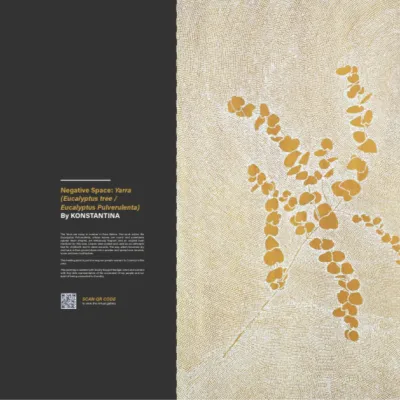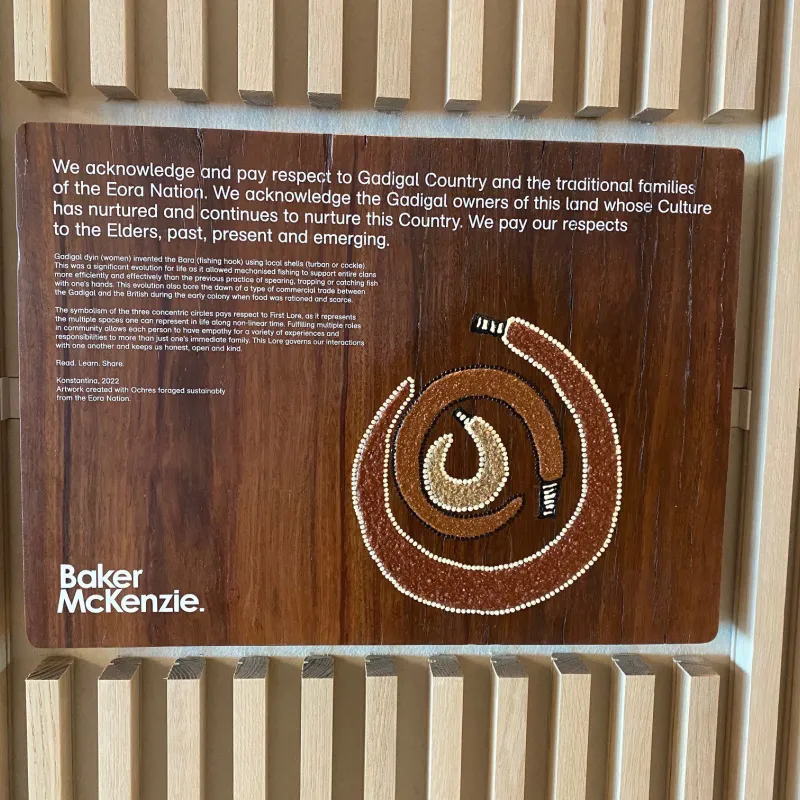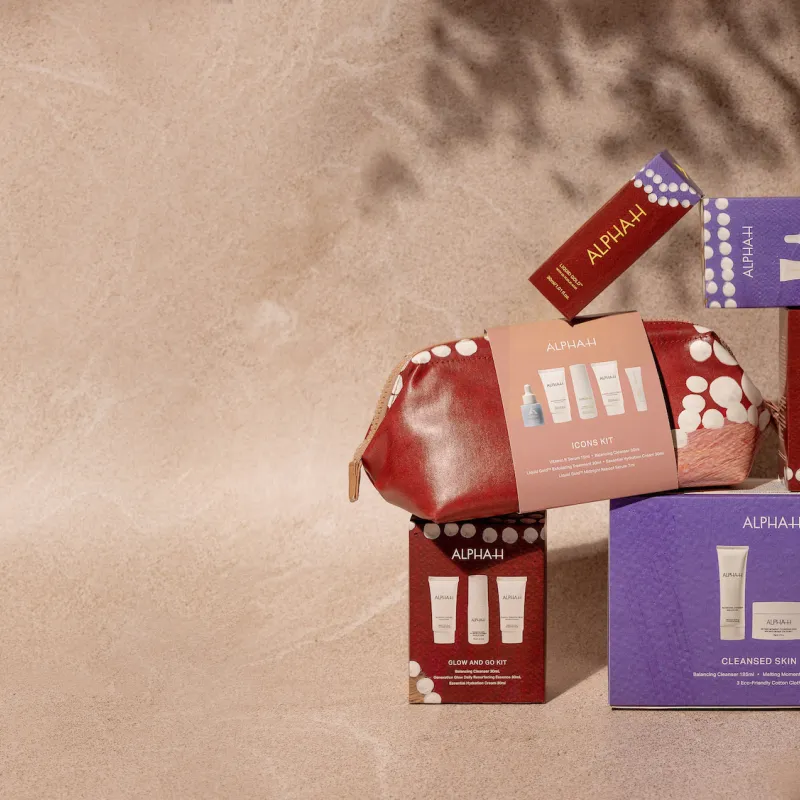Central Station, Sydney
Caste: Eora Mob Didactic
The Caste collection is a series of works where each canvas is brutally divided into fractions or portions of white(ness) and black(ness).
This is to reflect the bigotry and racism that tries to diminish Aboriginal culture in Australia by this notion of diluting the amount of black or 'Blackness' in we humans. The collection is hugely inspired by Andrew Bolt and his insatiable need to try and call out Bruce Pascoe (amongst many others), a widely successful Blak Australian of scholarly merit and award, as less than Aboriginal because of their “diluted” heritage. Unfortunately for Bolt and people of his ilk, the attention brought about by the discussion only forces further resolve of those in question and their kin. No dilution of Blak is possible.
The EORA nation bound by three mighty rivers; the Hawkesbury to the North, the Nepean to the West and the George’s River to the South. The nation is made up of 29 clan groups, the Gadigal, my mob, being the one that occupies this very place - Sydney City. Of these 29 clans it is believed that 11 languages were spoken and understanding from mob to mob bridged by family and kinship ties and largely by marriage.
This work depicts the 11 language groups as a tight ringed and complete circle at the centre; a further 18 rings are worked around the language hub, or core and in total the 29 rings represent the nations of Eora, Sydney.
The work is split almost in half, but not quite....see at the time of the First Fleet Landing it is estimated that 1,500 Aboriginal people lived in Eora, and we know from well documented archive that only 1,400 made the journey from England. It was the last time in history where we, the Traditional Owners of this nation, were in greater numbers than our Coloniser.
Negative Space: Yarra (Eucalyptus tree / Eucalyptus Pulverulenta)
The Yara are many in number in Eora nation. One such native, the Eucalytpus Pulverulenta, who’s leaves are round and sometimes appear heart shaped, are deliciously fragrant and an original bush medicine for this area. Leaves were picked and used as antiseptic bed for childbirth and to dress wounds. The sap, which becomes dry and hard is then ground down into a powder and spread over wounds, sores and even toothaches.
This healing plant is just one way our People connect to Country in this area.
This painting is washed with locally foraged Gadigal ochre and overlaid with tiny dots representative of the movement of my people and our spirit of being connected to Country.dney Opera House. In this iteration the point is now a place that has become home to many First Nations led arts, theatre, dance and celebration.
They are colourful, playful and humourous. The pattens in this work are a rough reference to the typography of the landscape surrounding the hospital.
These works are meant to be daydreamed to. May your dreams be big and yours days here pass you by swiftly. Many blessings.










